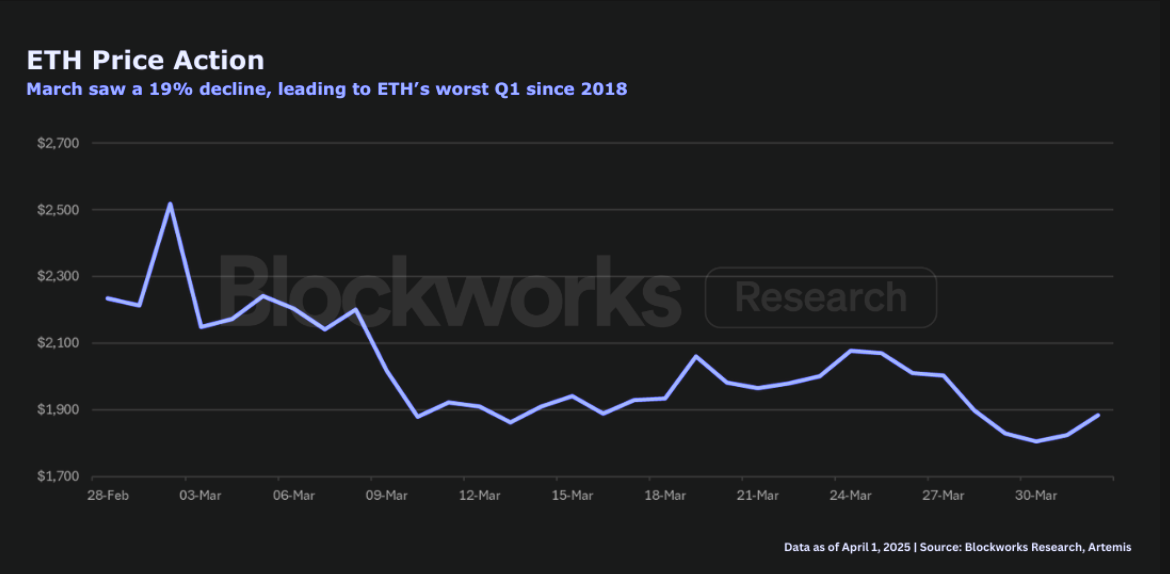How VIX’s Spike is Driving the Current Crypto Market Dip?
- Recent rise in VIX to 28.27 suggests growing fear and uncertainty in financial markets.
- Higher VIX values indicate increased volatility, whereas low VIX values signal low volatility.
- VIX reached around 90 during the 2008 financial crisis & 85 during the COVID-19 pandemic.
The Volatility Index (VIX), often called the “fear gauge,” measures the volatility in the S&P 500 index. Recently, VIX rose to a high of 28.27 in mid-December 2024 before stabilizing around 20, signaling increased market uncertainty. This surge is causing a ripple effect across financial markets, including crypto, which is contributing to the current dip.
A high VIX value indicates fear, uncertainty, or expectations of large price swings, which are typically associated with a bearish market. On the other hand, a low VIX suggests limited volatility and is linked to a stable or bullish market. Although VIX is based on traditional markets, its effects can also spill into the crypto world, causing market volatility and affecting various cryptocurrencies.
In the month of October 2008, VIX reached a high of around 90, which caused the entire traditional financial market to fall. The main reason behind VIX’s value reaching unprecedented heights is due to the Subprime Mortgage Crisis. This caused the collapse of major financial institutions like Lehman Brothers and the liquidation of various hedge funds, investment firms, and others. Furthermore, the collapse of the housing market not only affected the US financial market but also the entire global market. The collapse of the financial markets and the loss of trillions of dollars were some of the main reasons behind Satoshi Nakamoto’s creation of Bitcoin in 2009.
 Source:
TradingView
Source:
TradingView
The second time the VIX reached a high value of around 85 was in March 2020, at the onset of the COVID-19 pandemic. The rapid spread of the virus caused a global health crisis, forcing governments to impose strict lockdowns, which caused businesses to shut down, international travel to come to a halt, and more. This caused a sharp fall in the financial markets, and the crypto market was not left out of this disaster.
Various cryptocurrencies fell in response to the panic-driven sell-offs caused by global economic uncertainty. But, after the initial panic, the crypto market picked up and created an unprecedented bull run. During the bull run, various coins reached new heights, like Bitcoin hitting a new ATH of around $63,000 and Ethereum reaching an all-time high of $4,891.70.
Ethereum Whales Control 57%: What Does This Mean for Price?The current dip in the crypto market may be linked to the rise in VIX. Based on the data from 16th December to the present, VIX reached a high of 28.27 before stabilizing around 20. The increase in volatility suggests uncertainty in the broader financial markets, often leading to a risk-off sentiment among investors. As VIX rises, investors tend to back out of riskier assets like crypto and look for other safer investment options.
VIX is a critical indicator of market volatility, reflecting fear and uncertainty not just in the traditional financial markets but also in the crypto market as well. The recent spike in VIX could be contributing to the current dip in the crypto market, as increased volatility could push investors away from crypto and into safer investments.
The post How VIX’s Spike is Driving the Current Crypto Market Dip? appeared first on CryptoTale.
Disclaimer: The content of this article solely reflects the author's opinion and does not represent the platform in any capacity. This article is not intended to serve as a reference for making investment decisions.
You may also like
Honda prepares to send its hydrogen tech to space
Share link:In this post: Honda is working with Sierra Space and Tec-Masters, two space technology companies, to try their high-differential pressure water electrolysis system. Honda aims for hydrogen to help it get all of its cars off carbon by 2040. Honda says it will work with NASA to get the equipment to the ISS on Sierra Space’s Dream Chaser space plane.
ETH just had lowest quarterly return since Q2 2022: Blockworks Research
The network is at a “pivotal juncture,” Blockworks Research’s Marc-Thomas Arjoon said

Riot Platforms Hits Post-Halving Bitcoin Production High as It Expands AI Capacity
Solana Price Pattern Points to a 65% Surge as Key Metric Beats Ethereum by Far
